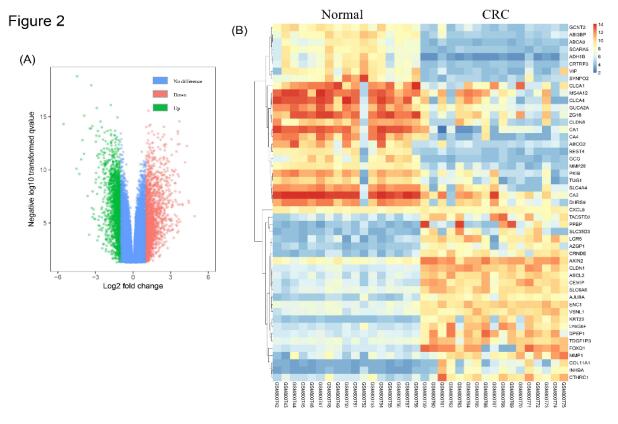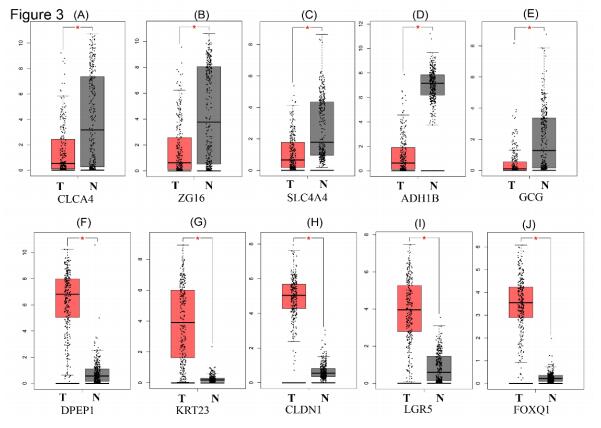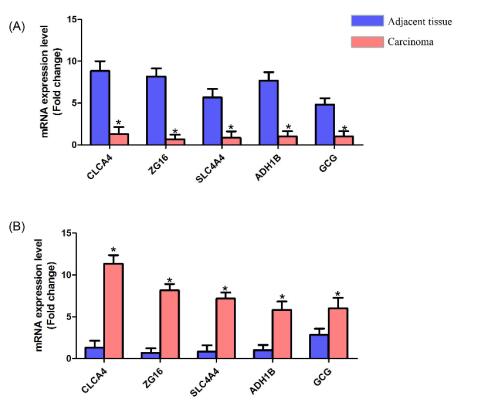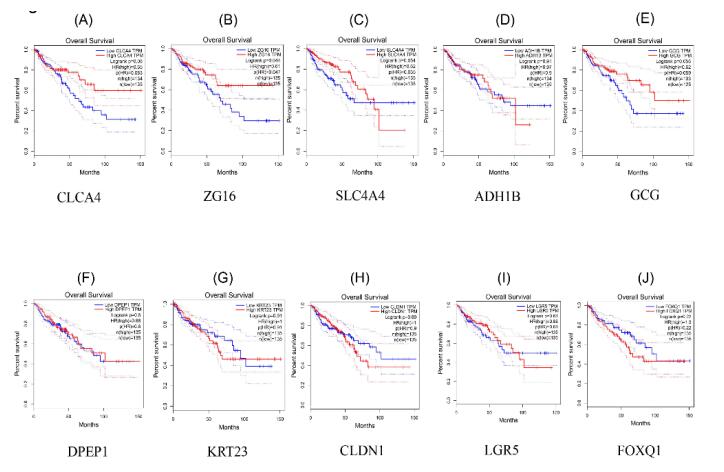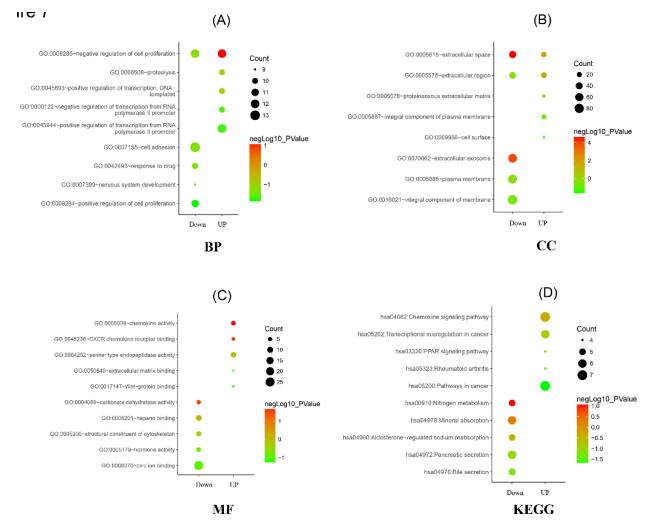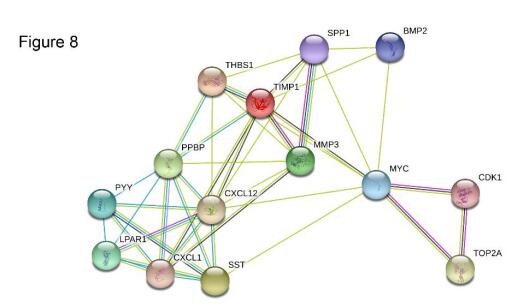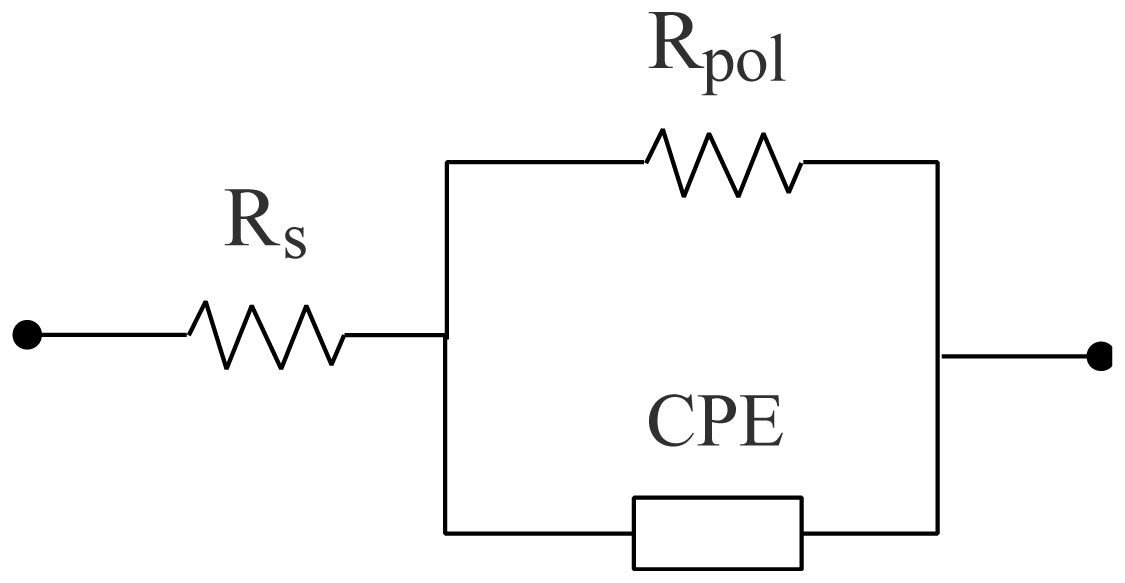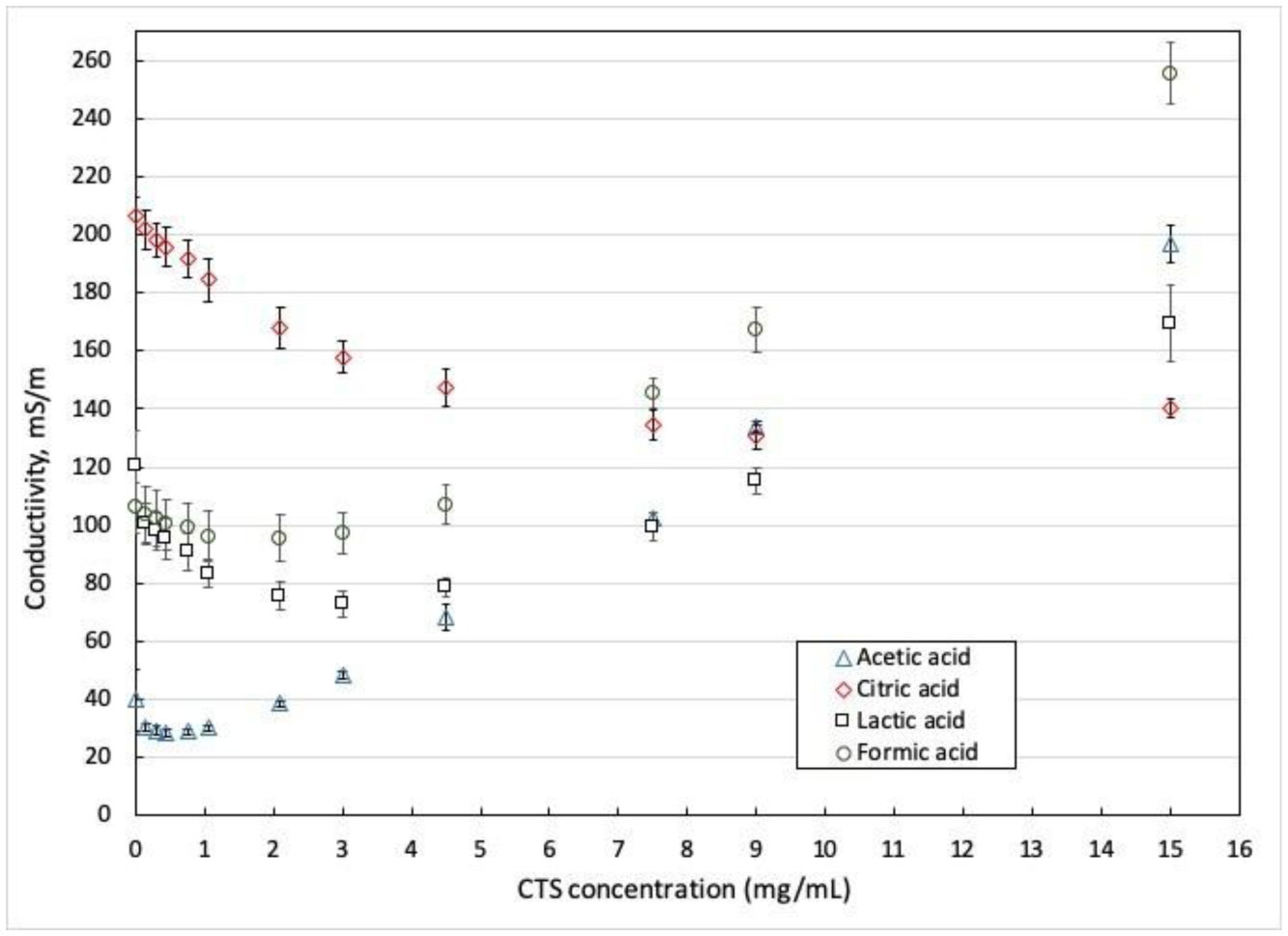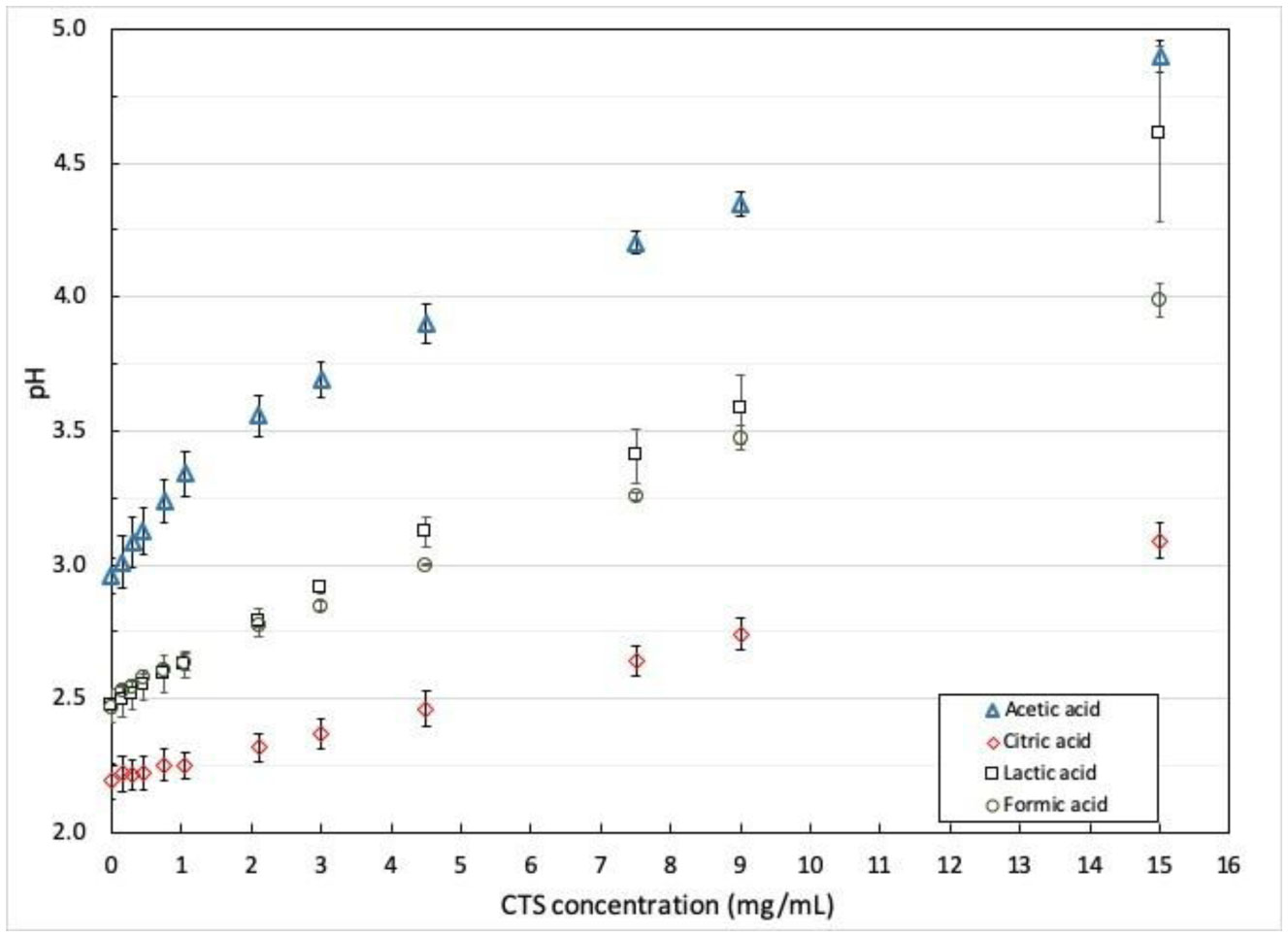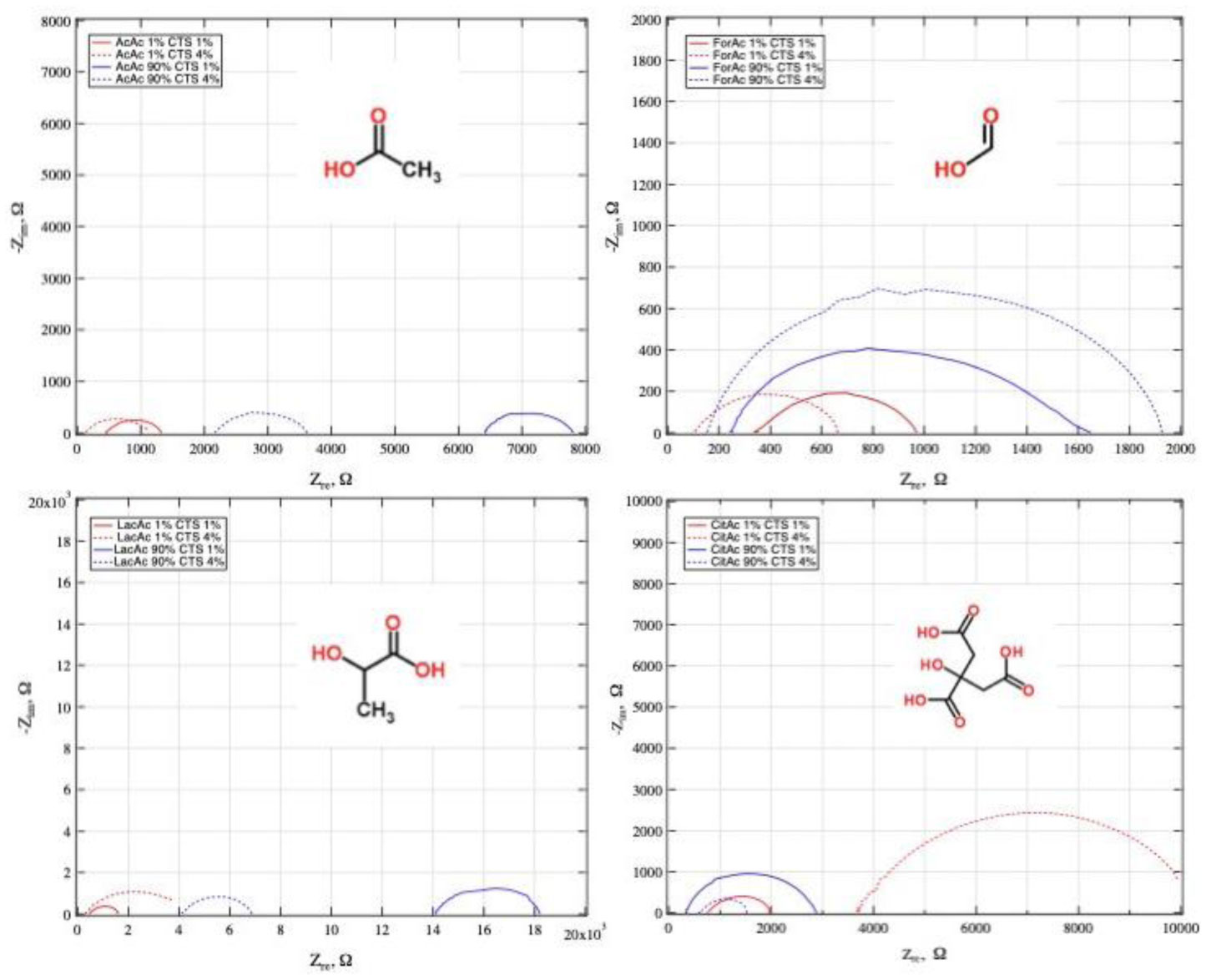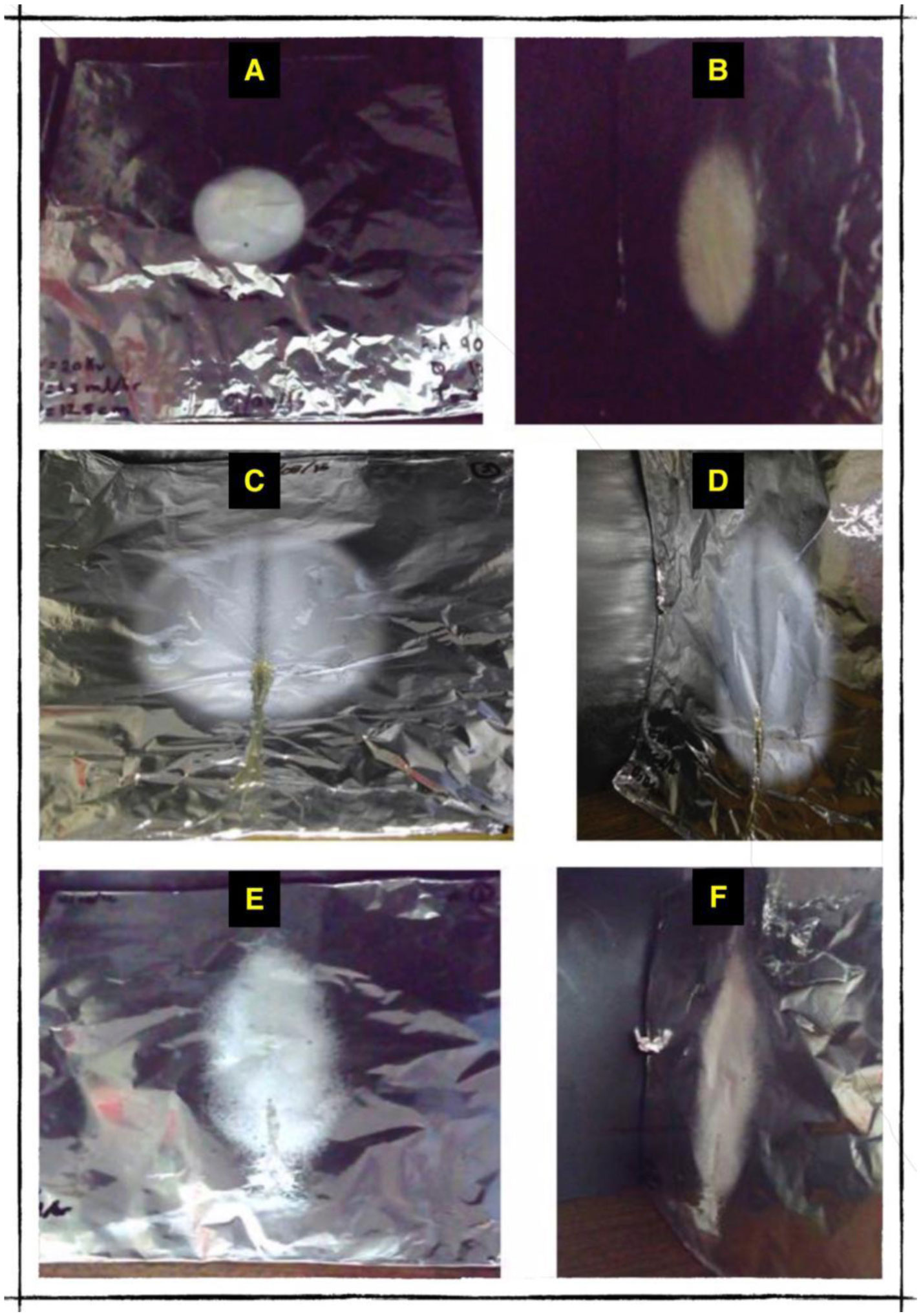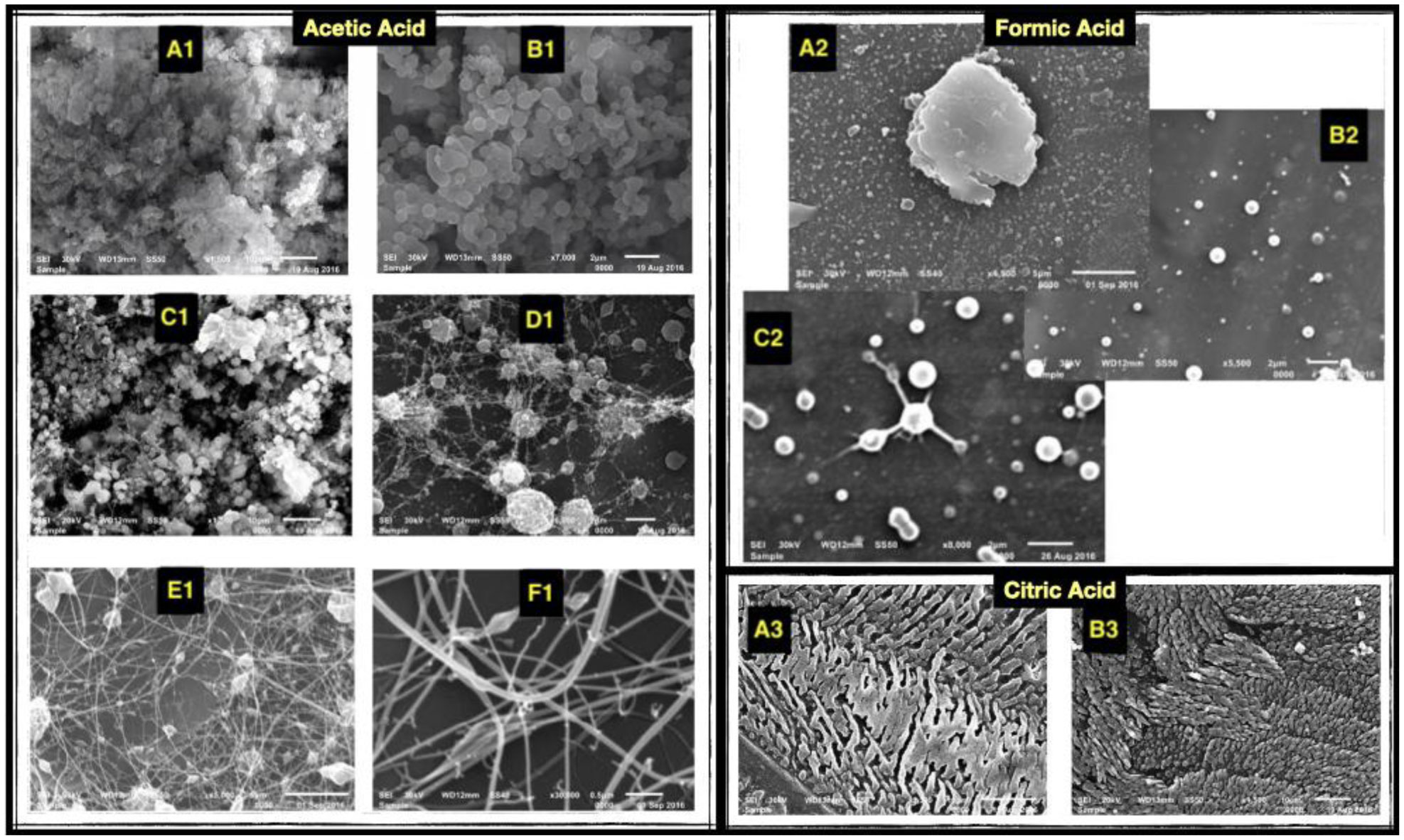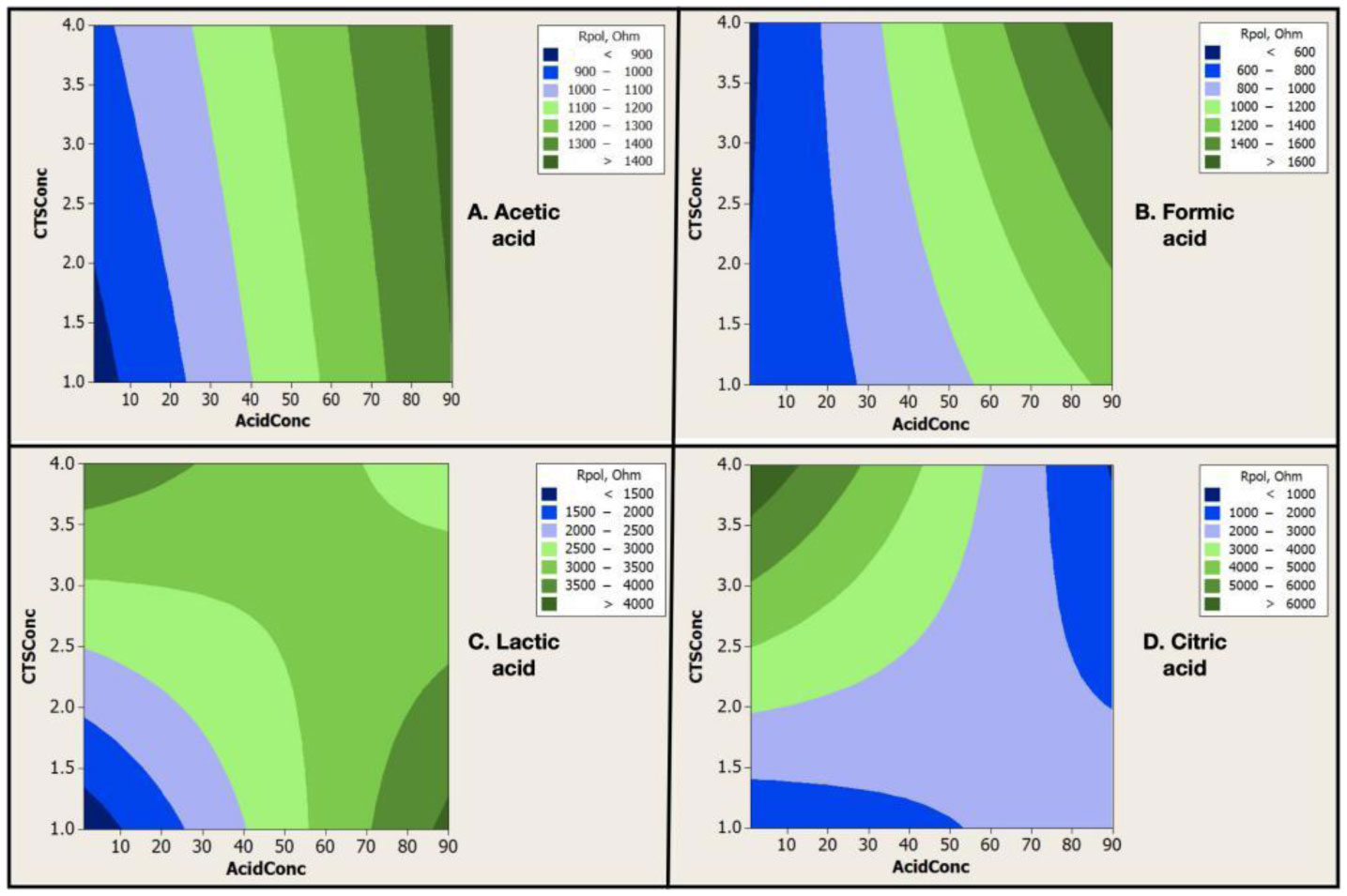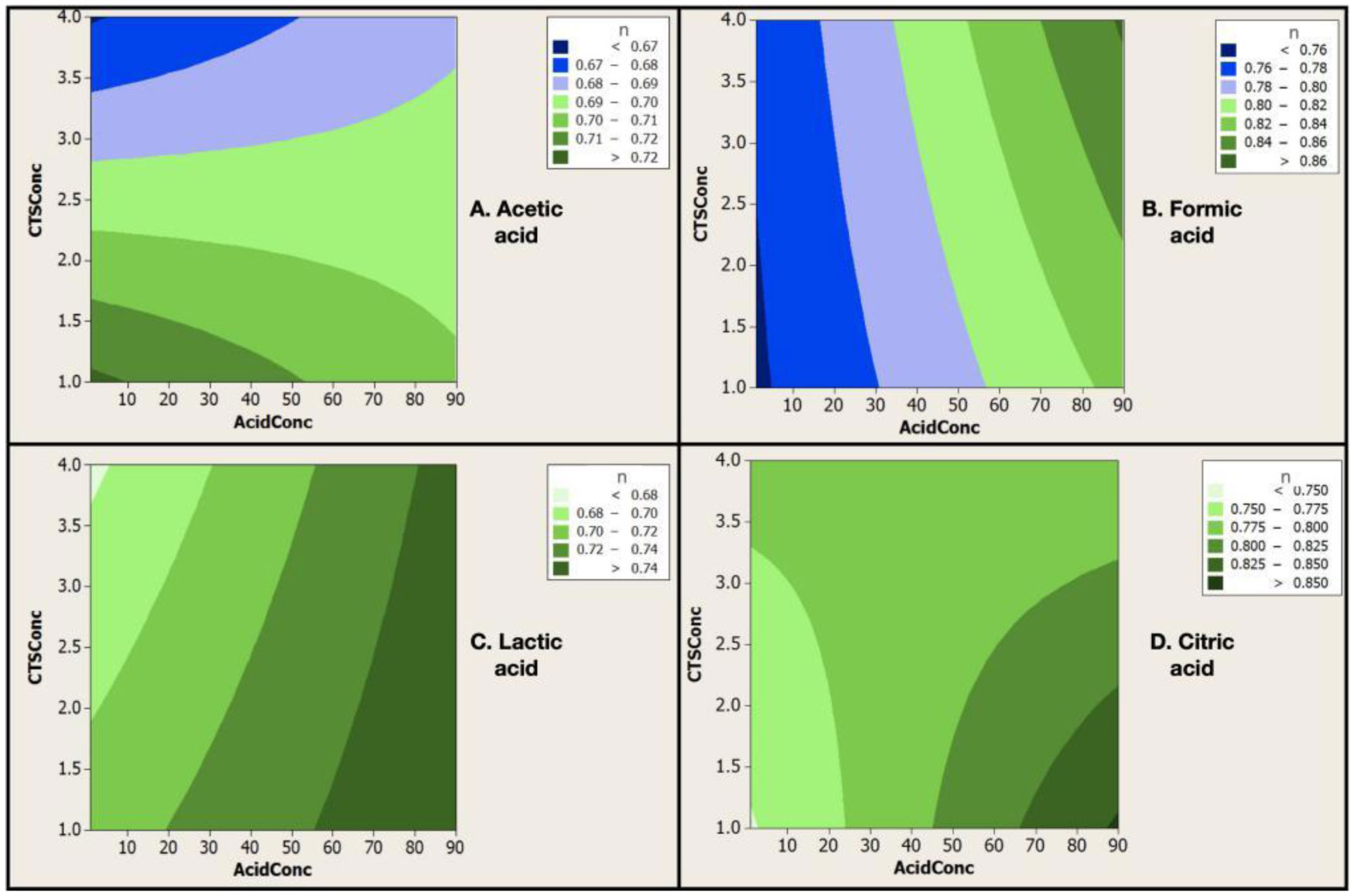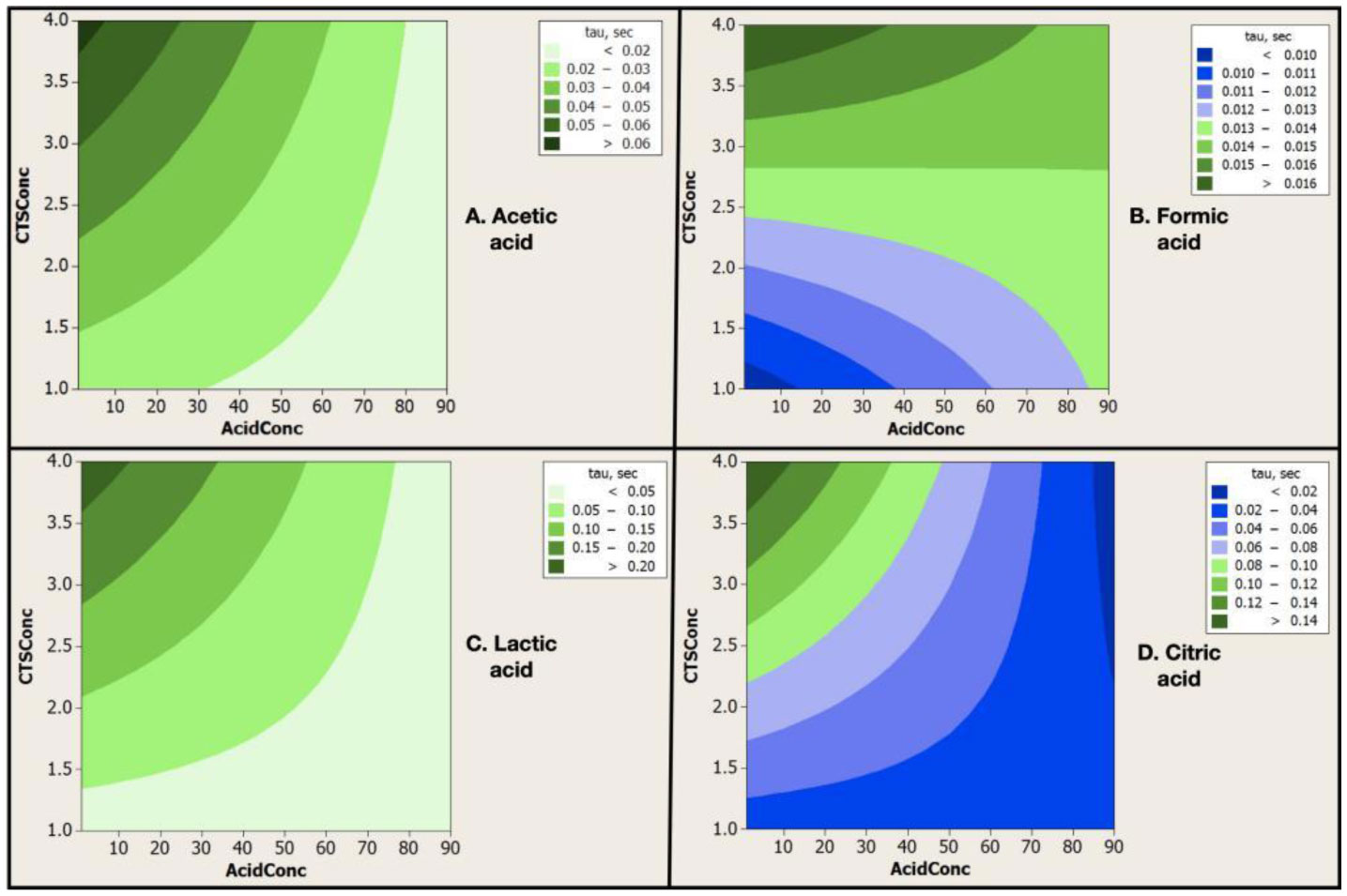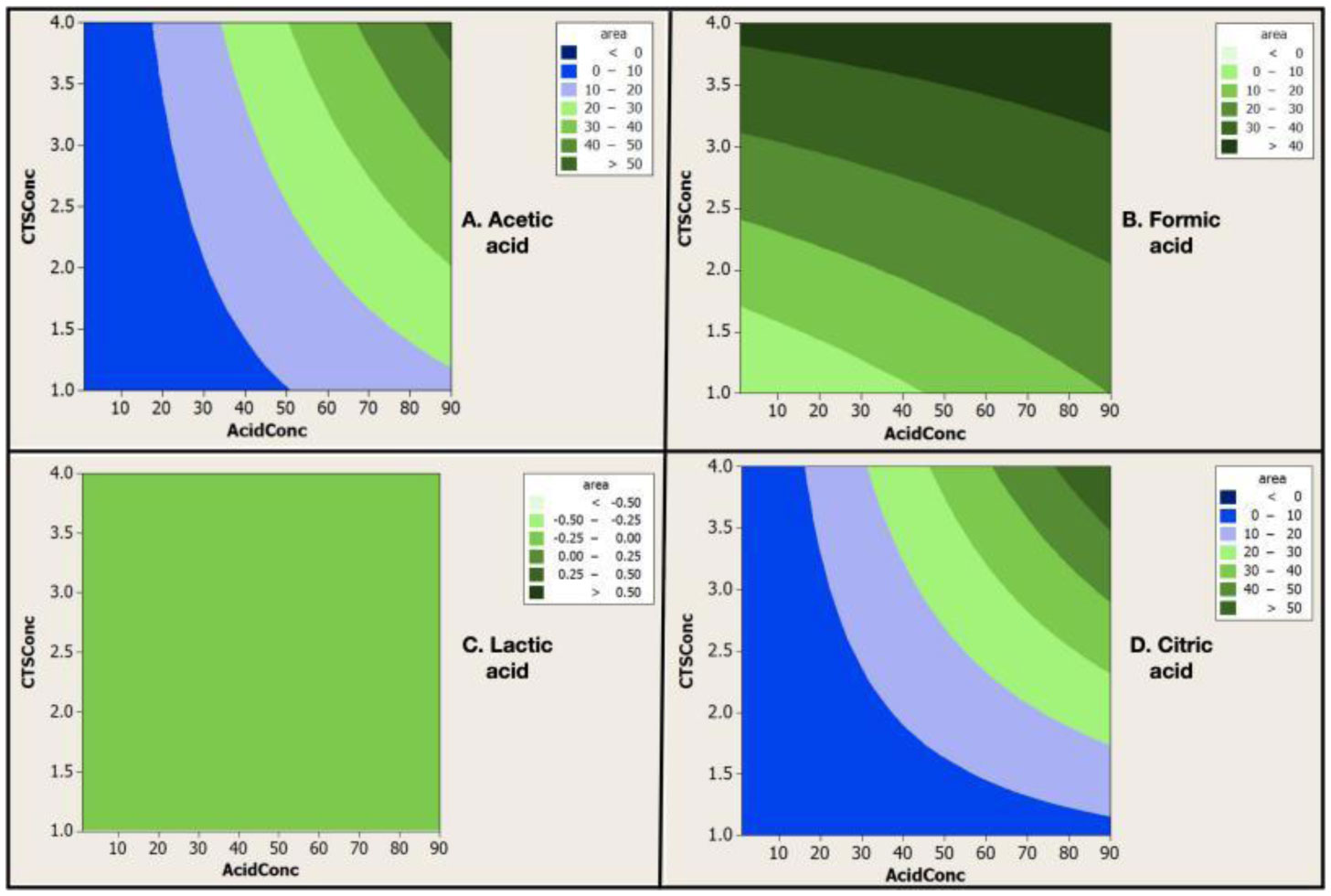1.
Introduction
Colorectal cancer (CRC) is one of the leading causes of death associated with cancer worldwide, which has been estimated to cause 50,000 deaths per year in America [1,2]. The pathogenesis of CRC is a complicated process involved in mutations of various oncogenes and tumor suppressor genes that pinpoint multiple cellular events, such as endoplasmic reticulum stress [3], oxidative stress [4], epithelial-mesenchymal transition (EMT) [5], abnormal cell proliferation and apoptosis [6].
Although surgery combined with adjuvant radiotherapy or chemotherapy has effectively improved the prognosis of CRC, metastasis or neoplasm recurrence still occur in more than 50% of the CRC patients who have received a definite diagnosis or underwent intended curative treatment, contributing to a relatively poor 5-year survival rate [7]. Additionally, it is difficult for doctors to achieve early diagnosis of CRC for the reason that specificity of auxiliary examination indices is lacking in clinic, so that many patients may eventually miss the optional chances for surgery, thereby increasing the risk of death [8]. Hence, the detection of early-stage biomarkers and identification of core therapeutic target appear significant to decrease CRC-related deaths.
Recent years, the high-throughput gene microarray has been widely used to screen the differentially expressed genes (DEGs) between normal samples and tumor samples in human beings and animal models, which makes it accessible for us to further explore the entire molecular alterations of tumors at multiple levels involving DNA, RNA, proteins, epigenetic alterations, and metabolism [9,10]. However, it still has a long way to go to put these microarrays in application in clinic because the DEGs identified by gene profiling were countless and the statistical analyses were also too complicated [11]. Therefore, it is urgent to verify a proper number of genes and develop a suitable approach which can be operated by routine assay in clinic.
In this study, we selected the GSE32323 from Gene Expression Omnibus (GEO) and applied bioinformatics analysis to screen the DEGs in CRC. Subsequently, we used STRING to construct the protein-protein interaction (PPI) network to identify the hub genes with top15 degree of connectivity in CRC. Moreover, we made the analysis of these DEGs, including biological process (BP), molecular function (MF), cellular component (CC) and KEGG pathways. We chose top5 up-regulated and top5 down-regulated DEGs to make the overall survival (OS) analysis, aiming to observe the associations between the DEGs and the prognosis of CRC. Finally, we confirmed the mRNA expression level of the top5 up-regulated and top5 down-regulated DEGs by Q-PCR in samples obtained from patients with CRC in our hospital. These genes will assist us to screen and identify significant biomarkers and therapeutic targets of CRC in the near future.
2.
Materials and method
2.1. Data source
The heading levels should not be more than 4 levels. The fond of heading and subheadings should be 12 point normal Times New Roman. The first letter of headings and subheadings should be capitalized. The gene expression profile of GSE32323 was downloaded from the GEO database, which was a free and publicly available database. 17 pairs of cancer and non-cancerous tissues from patients with CRC in this dataset were detected by Affymetrix HG-U133 Plus 2.0 arrays by Ahmed K [12]. We also downloaded the raw Series Matrix File of GSE32323 from the GEO database.
2.2. DEGs analysis
In our study, the online software GEO2R was employed to analyze the tissue samples in GSE32323 dataset. GEO2R is an online software by which users can divide the samples into two and more groups and select out the DEGs. We used the Benjamini and Hochberg methods by default to discover false rate and used the adjust P value to reduce the errors of false positive. The choice criterion contains the adjust P value < 0.05 and |logFC| ≥ 2.
2.3. Gene ontology and KEGG pathway analysis of DEGs
Gene ontology analysis (GO), serving as a useful approach to annotate genes and gene products, could also identify characteristic biological attributing to high-throughput genome or transcriptome data. Kyoto Encyclopedia of Genes and Genomes (KEGG) is a collection of databases, aiming to handle biological pathways, genomes, diseases, chemical substances and drugs. We divided these DEGs into up-regulated group and down-regulated group. The Database for Annotation, Visualization and Integrated Discovery (DAVID, https://david.ncifcrf.gov/), an online web based on the bioinformatics, is routinely applied for annotating genes and protein function [13]. We input these DEGs separately into DAVID to acquire the GO and KEGG analysis, P < 0.05 as choice criterion. Finally, we used the ImageGP (http://www.ehbio.com/ImageGP/index.php/Home/Index/index.html) to visualize the major biological processes (BP), molecular function (MF) and cell composition (CC) of these DEGs.
2.4. Comparison of the top5 upregulated and top5 downregulated DEGs
GEPIA (http://gepia.cancer-pku.cn/index.html), designed by Chenwei Li, Zefang Tang, and Boxi Kang of Zhang Lab, Peking University, is a newly developed interactive web server aiming at analyzing the RNA sequencing expression data of 9736 tumors and 8587 normal samples from the GTEx and TCGA projects in a standard processing pipeline [14]. In this study, we employed the boxplot to visualize the mRNA expression of top5 up-regulated and top5 down-regulated DEGs in CRC tissues and and normal colorectum tissues. Transcripts per million (TPM) is the number of transcripts from this particular gene normalized first by gene length, and then by sequencing depth (in millions) in the sample. GEPIA also provides the transcripts per million (TPM) of these DEGs to display their relative expression levels.
2.5. Comparison of the top5 upregulated and top5 downregulated DEGs The overall survival (OS) of the top5 upregulated and top5 downregulated DEGs
Similarly, we used the GEPIA database to get the overall survival information of these DEGs. The logrank P value and hazard ratio (HR) with 95% confidence intervals were showed on the plot. P < 0 05 was statistically significant.
2.6. Comparison of the top5 upregulated and top5 downregulated DEGs Sample Collection and Quantitative Real-time PCR (Q-PCR)
We enrolled 15 male patients who were diagnosed with CRC by pathology reports in our hospital. The samples from patients with CRC for the validation of these DEGs were supported by the ethics committee in our hospital. The paired carcinoma and adjacent tissues were firstly isolated. Then total RNA was isolated using the TRIzol (Invitrogen, Carlsbad, CA, USA) kit, the concentrations and purities of which were quantified by an ultraviolet spectrophotometer. The RNA was then reversely transcribed according to the previous literature [15]. The expression levels of top5 up-regulated genes and top5 down-regulated genes were normalized to GAPDH. Relative mRNA expression levels were analyzed by 2-∆∆cycle threshold (CT) method.
2.7. Comparison of the top5 upregulated and top5 downregulated DEGs Establishing the PPI network
Search Tool for the Retrieval of Interacting Genes (STRING) is an online app for evaluating PPI network [16]. For finding the potential correlation of DEGs, we used online app STRING to map the DEGs, subsequently the Cytoscape software was utilized to construct a PPI network. The confidence score ≥ 0.4 and maximum number of interactors = 0 were set as the criterion.
3.
Results
3.1. Data source
The overall flow diagram of our study is presented in Figure 1. In our study, a total of 17 paired carcinoma and adjacent tissue from patients with CRC were analyzed. We applied the GEO2R online analysis tool with default parameters to screen the DEGs, using adjusted P value < 0.05 and logFC ≤ −2 or logFC ≥ 2 as the cut-off criteria. We captured 451 DEGs including 145 up-regulated DEGs and 306 downregulated DEGs. Whereafter, the DEGs were presented in the form of a heatmap and a volcano plot (Figure 2A-B). In the heatmap, the top25 up-regulated genes and top25 down-regulated genes between carcinoma and adjacent tissue were presented. Among the 451 DEGs, the top5 up-regulated genes involved DPEP1, KRT23, CLDN1, LGR5 and FOXQ1, while the top5 down-regulated genes were CLCA4, ZG16, SLC4A4, ADH1B and GCG. The gene tiles and biological functions of top5 upregulated and top5 down regulated genes were displayed in Table 1.
3.2. Re-identification of DEGs by Q-PCR
To ensure the credibility and reliability of the microarray of GSE32323 and get further credible analysis, we re-identified the top5 up-regulated genes and top5 down-regulated genes via Q-PCR. Q-PCR (Figure 5A-B) showed that the mRNA expression levels of DPEP1, KRT23, CLDN1, LGR5 and FOXQ1 were significantly higher in carcinoma group compared with adjacent tissue group (P < 0.05). Meantime, the mRNA expression levels of CLCA4, ZG16, SLC4A4, ADH1B and GCG were obviously down-regulated in carcinoma tissues from patients with CRC (P < 0.05).
3.3. Validation of DEGs by TCGA
To ensure the credibility of the microarray of GSE32323 and proceed further credible analysis, we validated the top5 up-regulated genes and top5 down-regulated genes based on TCGA database via GEPIA. The results showed that the mRNA expression levels of CLCA4, ZG16, SLC4A4, ADH1B and GCG were significantly lower in carcinoma group compared to adjacent tissue group while the mRNA expression level of DPEP1, KRT23, CLDN1, LGR5 and FOXQ1 in carcinoma group were statistically higher than the adjacent tissue group (P < 0.05) (Figure 3A-J). Meanwhile, the TPM analysis demonstrated that the relative expressions of these DEGs were consist with those based on GSE32323 (P < 0.05) (Figure 4A-J).
3.4. Overall survival (OS)
Furthermore, we analyzed the potential association between the expression levels of top5 upregulated genes as well as top5 downregulated genes and the OS of patients with CRC. The Kaplan-Meier showed that only 1(ZG16) of the 10 genes displayed significantly correlation with the OS of patients with CRC (Figure 6A-J). The high level of ZG16 may contribute to a poorer prognosis of CRC (Logrank p = 0.044, HR = 0.61).
3.5. GO enrichment analysis
The results (Table2 & Figure 7A-C) from GO term enrichment analysis varied from expression levels and GO classification of the DEGs. By analyzing GO enrichment of these up-regulated and down-regulated DEGs via DAVID, we found that the up-regulated DEGs in BP were mainly enriched in negative regulation of cell proliferation, positive regulation of transcription from RNA polymerase Ⅱ promoter, proteolysis, positive regulation of transcription, DNA-templated and negative regulation of transcription from RNA polymerase Ⅱ promoter while the down-regulated DEGs in BP were mainly concentrated on cell adhesion, negative regulation of cell proliferation, positive regulation of cell proliferation, response to drug and nervous system development. As for CC, the up-regulated DEGs were principally enriched in extracellular region, extracellular space, integral component of plasma membrane, proteinaceous extracellular matrix and cell surface while the down-regulated DEGs were enriched in integral component of membrane, plasma membrane, extracellular exosome, extracellular space and extracellular region. Additionally, MF analysis uncovered that the up-regulated DEGs were mainly enriched in chemokine activity, CXCR chemokine receptor binding, serine-type endopeptidase activity, extracellular matrix binding and Wnt-protein binding while the down-regulated DEGs are responsible for carbonate dehydratase activity, heparin binding, structural constituent of cytoskeleton, hormone activity and zinc ion binding.
3.6. KEGG pathway analysis
To obtain a more comprehensive information regarding to the critical pathways of those selected DEGs, KEGG pathways analysis were also carried out via DAVID. The results in Table3 and Figure 7D disclosed the most vital KEGG pathways of the down-regulated and up-regulated DEGs. The down-regulated DEGs were mainly enriched in mineral absorption, pancreatic secretion, nitrogen metabolism, aldosterone-regulated sodium reabsorption and bile secretion. By contrast, the up-regulated DEGs were mainly responsible for chemokine signaling pathway, pathways in cancer, transcriptional misregulation in cancer, PPAR signaling pathway and rheumatoid arthritis.
3.7. Identification of hub genes
Applying the STRING online tool, 213 nodes with 264 PPI relationships were found, accounting for about 77.8% of these selected DEGs. According to the degree of connectivity of these DEGs, we constructed the PPI network and selected the top 15 hub genes (Table 4). The top 15 hub genes, possessing high degree of connectivity in CRC are as follows, MYC, CXCR1, TOP2A, CXCL12, SST, TIMP1, SPP1, PPBP, CDK1, THBS1, CXCL1, PYY, LPAR1, BMP2 and MMP3. Among these 15 hub genes: MYC, CXCR1, TOP2A, SPP1, PPBP, CDK1, CXCL1 and MMP3 were significantly up-regulated while CXCL12, SST, TIMP1, THBS1, PYY, LPAR1 and BMP2 significantly down-regulated (P < 0.05). The 15 hub genes could interact with 243 genes directly, and MYC acted as the most intensive gene which could interact with 46 up-regulated genes and 31 down-regulated genes. Intriguingly, among these hub genes, there also displayed very strong interactions (Figure 8).
4.
Discussion
CRC is a one of the serious public health problems, which is also being the third most commonly diagnosed cancer and the major factor resulting in cancer-related deaths around the world [17,18]. CRC screening has been demonstrated to greatly decrease the morbidity and the mortality in a great many longstanding or newly economically developed countries [19]. However, at present, there is no an efficient and specific diagnostic methodology and treatment strategy for CRC, which is mainly attributed to the intricate pathogenesis, and its symptoms that are difficult to diagnose in the first several years [20]. Our study mainly focused on the expression profiling selected from microarray studies of CRC. In this study, a total of 17 pairs of cancer and non-cancerous tissues isolated from patients with CRC were analyzed. 451 DEGs including 145 up-regulated DEGs and 306 downregulated DEGs were screened. To obtain a comprehensive understanding of these DEGs, we performed GO function and KEGG pathway analysis.
4.1. DEGs may serve as potential biomarkers for the diagnosis of CRC
Our analysis screened 451 DEGs with a quadruple fold change between carcinoma and adjacent tissue from patients with CRC. In our heat map, a total of 50 DEGs including top25 up-regulated genes and top25 down-regulated genes were displayed. From our perspective, these DEGs would be promised to be possible candidates for the diagnosis of CRC in future. Currently, some of these DEGs, in fact, have been already disclosed to be novel indicators of CRC. H Meng et al. [21] found that ZG16 exhibited an extremely high expression in normal epithelial cells from rectum, colon and small intestine in an organ-specific fashion while its protein expression was completely lost in CRC tissues. Furthermore, another study proved that the gene expression and copy number alterations of ZG16 significantly correlated with MLH1 silencing, microsatellite instability (MSI), hyper-mutation status, presence of synchronous adenomas, CpG island methylator phenotype, histological type and gender. Survival analysis showed that patients with higher ZG16 gene expression level displayed longer overall survival and progression-free survival compared with those having relatively lower level. Another study showed that the expression of DPEP1 was strikingly up-regulated in human CRC tissue than that in normal mucosa. Meanwhile, high level of DPEP1 was found to be significantly associated with localisation and histological stage of CRC [22]. Our study screened the DEGs of CRC from the angle of bioinformatics for the first time, however, the clinical practice of these DEGs needs to be further investigated.
4.2. Hub genes are possible therapeutic targets in CRC
In our study, we picked out 15 hub genes of CRC, all of which were located in the core nodes in PPI network, meaning that these genes could be critical therapeutic targets to protect against CRC. For instance, somatostatin (SST), encoding a well-characterized growth-regulatoryand gastrointestinal neuroendocrine peptide, has been proved to be a tumor suppressor gene and own potent anti-tumor effects. SST could suppress tumors through direct and indirect mechanisms. Direct anti-tumor effects involve inhibiting cell proliferation; inducing cell cycle arrest; promoting apoptosis; and suppressing cell invasion while indirect anti-tumor effects are blocking the synthesis and secretion of growth factors as well as growth-promoting hormones, meanwhile stopping angiogenesis which is vital in neoplasm growth and spread [23]. Corroborative evidence has unveiled the decreased protein and mRNA expression of SST in CRC tissues [24]. One of the possible reason contributing to the down-regulation of SST was attributed to the higher SST methylation levels in tumor tissues. As expected, another study showed that pretreatment of demethylation agents into SST methylated CRC cells induced the up-regulation of SST expression in vitro [25]. Clinical research demonstrated that serum methylation level of SST in patients with CRC were obviously predictive of tumor recurrence and cancer-related death [26]. Collectively, our study proved that up-regulating SST in CRC cells may exert potent anti-tumor activity.
4.3. Chemokines may play essential roles in the development of CRC
An interesting finding of our study was that many DEGs in CRC were related with chemokines and their receptors. To be more specific, GO analysis showed that up-regulated DEGs enriched in MF were mainly responsible for chemokine activity and CXCR chemokine receptor binding. Also, KEGG pathways analysis also disclosed that the up-regulated genes including CXCL1, PLCB4, PPBP, CXCL5, CXCL3, CXCL8, CXCL11 are implicated with chemokine signaling pathway. Additionally, 3 of the top15 hub genes based PPI network were also chemokines and their receptors, namely CXCR1, CXCL12 and CXCL1. Mountainous evidence proved that the interactions between chemokines as well as chemokine receptors could mediate the recruitment of different immune cell subsets into tumour microenvironment where the host immune system and tumour cells could interact [27]. On the one hand, chemokines regulate the molecules affecting tumour immunity as well as therapeutic outcomes in patients [28,29]. On the other one hand, chemokines could also target stromal cells and tumor cells, thereby regulating tumour stemness, angiogenesis [30], proliferation [31], apoptosis [32], and survival [33]. These findings suggested that therapies targeting chemokines in CRC may synergize with current cancer therapies, especially immunotherapies by affecting tumour immunological phenotypes, and improving antitumour immune responses.
5.
Conclusion
In conclusion, we provided a comprehensive and novel analysis of gene expression profiles patients with CRC. Particularly, the top5 down-regulated genes including CLCA4, ZG16, SLC4A4, ADH1B and GCG and the top5 up-regulated genes including DPEP1, KRT23, CLDN1, LGR5 and FOXQ1, which are expected to sensitive biomarkers in diagnosis of CRC. Meanwhile, we also screened the top 15 hub genes involving MYC, CXCR1, TOP2A, CXCL12, SST, TIMP1, SPP1, PPBP, CDK1, THBS1, CXCL1, PYY, LPAR1, BMP2 and MMP3, which could be promising therapeutic targets of CRC. Additionally, genes involved in chemokines pathways were also significantly altered in patients with CRC. Anyway, this analysis may offer the powerful evidence and clues for the future genomic individualized treatment of CRC.
Acknowledgments
This work was supported by the Science and Technology Project of Zhejiang Province (2014C33147), High-level Talent Project of Lishui City (2016RC29), Zhejiang Province Medical and Health Care Project (2017KY728) and National Natural Science Foundation of China (81803778).
Conflict of interest
All authors declare no conflicts of interest in this paper.
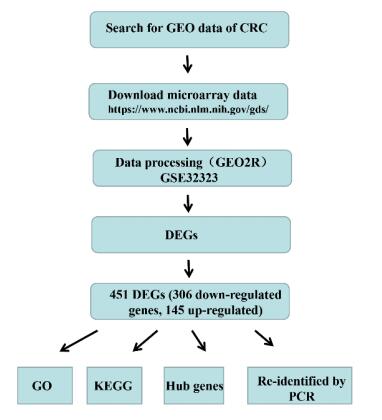









 DownLoad:
DownLoad:
